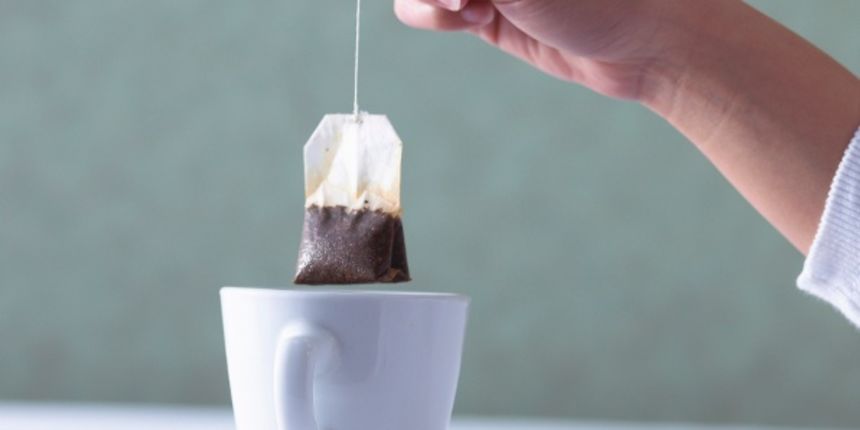The hidden plastic in everyday objects
Some plastic pollution is relatively easy to avoid – take a reusable cup to Starbucks and you won’t need to bin a disposable coffee cup once you’ve finished your latte.
Most teabags use a plastic sealant called polypropylene to hold the bags together. This means that the bags are not fully biodegradable and won’t break down completely on your compost heap.

When you wash clothes that are made of synthetic textiles like acrylic, nylon, and polyester, plastic microfibres leak out into the water. Some of these fibres are too small to be filtered out by waste water treatment, so they end up polluting rivers and oceans. The word fatberg is really a misnomer, because vast majority of a fatberg is made not of fat but of wet wipes. Most wet wipes contain non-biodegradable plastic, so they can’t break up, and when we flush too many they block the drains.
While microbeads might have been banned from rinse-off products like face scrubs and shower gel, other products like sunscreen and cosmetics that you leave on your skin can still contain microplastics (as well as be packaged in a ton of plastic). They only contribute a tiny amount of the plastic that ends up in the ocean, but they’re still worth being aware of if you’re trying to limit your plastic use.



